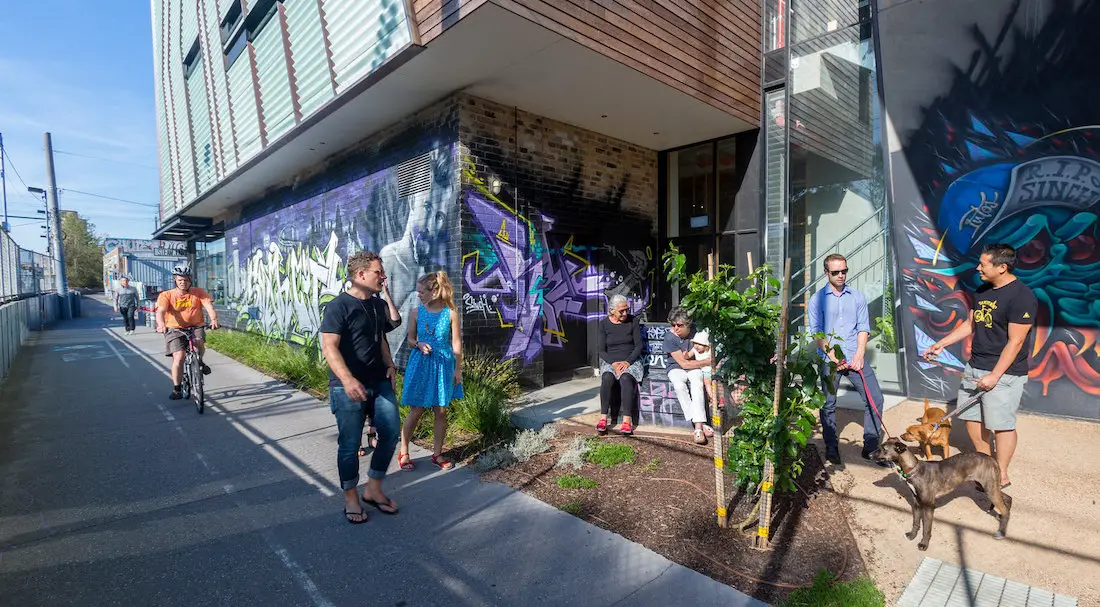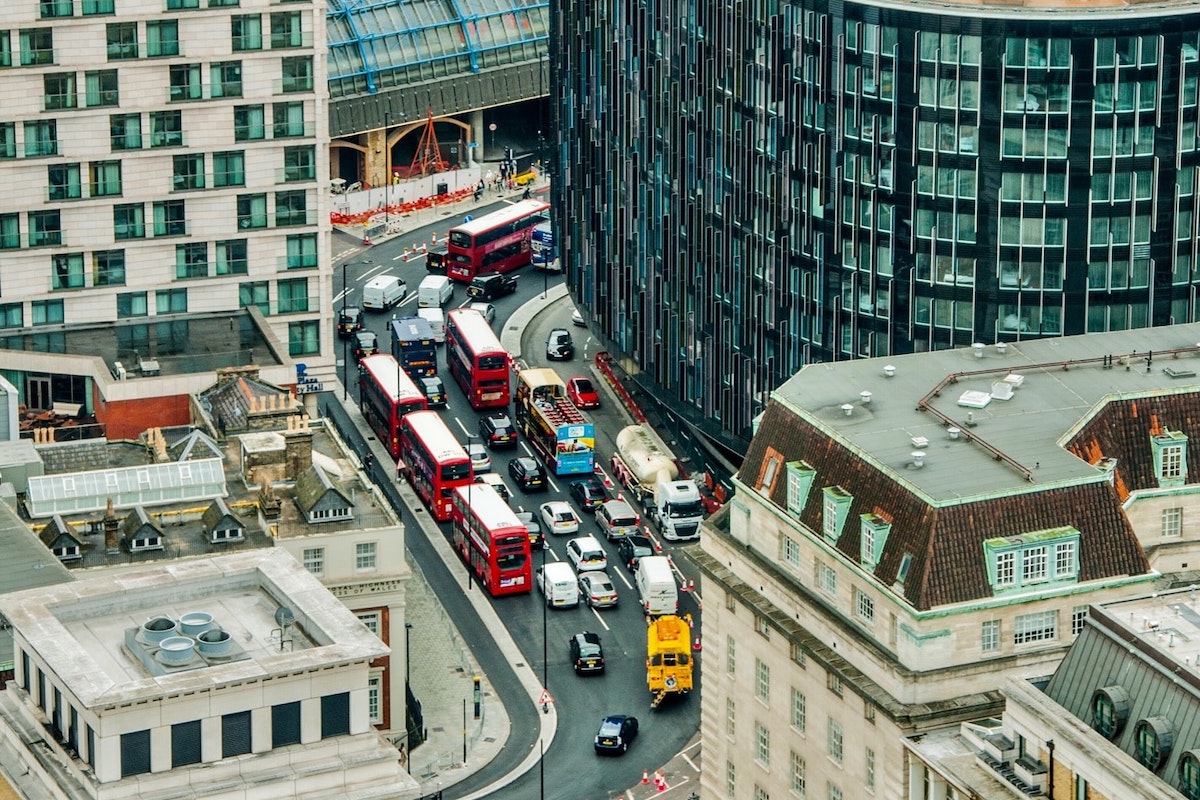Tourist Dispersal: A Pre-COVID Strategy Made Possible by the Post-COVID City?
Cast your mind back to another era: early 2020. One of the biggest challenges facing many European cities at the start of this year was how to deal with a seemingly relentless influx of tourists. I wrote about how Lisbon turned to tourism for economic recovery after the global financial crisis – an approach which was hardly unique. At events in the early months of this year I heard from representatives of Edinburgh, Glasgow, Utrecht, Lisbon and Porto, each sharing the same view that tourism levels, while economically beneficial, were proving socially challenging.
In each case, the desired solution was the same – encouraging tourists to stay and explore outside the historical urban core (which I wrote about in a post on food and drink tourism in Edinburgh). Fast forward to present day and this challenge could hardly seem more alien.
The global spread of COVID-19 has put most European cities in a state of lockdown, or slowly emerging from it. Travel for leisure has all but halted. Holiday planning is on hold, and it is unknown when or how tourism will return. Some regions are considering the creation of restricted travel zones, with a New Zealand-Australia travel bubble mooted and discussion in Greece focusing on tourism from central and eastern European nations, where infection rates are lower or recovery stage more advanced.
Urban tourism is unrecognisable. But with this global event potentially acting as a reboot for numerous industries, is now the ideal time for a tourist dispersal strategy, even if the circumstances in which it would be deployed could hardly be more different?
At a talk in Lisbon’s Urban Information Centre in February, Dora Lampreia from the Municipality of Lisbon discussed Cultura em Expansão (Expanding Culture) – an event launched in 2014 in Porto with a goal of spreading cinema, theatre, dance, music, and performance art experiences across the city. Designed with economic and social accessibility in mind, the free programme mainly occurs away from the urban core, reducing the barrier to entry for those on lower incomes who live less centrally.
Another event in the city has a similar goal. Museu da Cidade (City Museum) is a cultural programme which relies on ‘exhibition stations’ dotted across Porto, aiming to reach more residents but also encourage visitors out of the city centre. Lampreia explained that while tourism has been “very important for the urban renewal of Porto”, both of these events have evolved to become part of the city’s strategy to disperse tourists.

One of the key motivators behind encouraging tourists out of the city centre is a more even distribution of economic benefits. Drawbacks, such as impact on housing supply for locals, noise pollution and cultural and community change, are also minimised. This approach is attractive to those responsible for urban tourism strategies because it keeps the revenue coming in while minimising negative effects on residents.
So why might this make sense in a city recovering from COVID, where tourism overload is unlikely to be an issue? As cities aim to return to a version of normal – new, next, or whatever we might call it – a functioning economy will be important, with distribution of tourism benefits potentially contributing to a recovery where people benefit more fairly. Though it is realistic to expect the economic boost of tourism to be smaller in at least the short term, revenues are likely to exist on some scale.
In many European cities, the rapid halt of tourism just as swiftly transformed the short-term rental market. Centrally-located properties, once used as family homes but switched to short-term rentals alongside the tourism boom, have found their way back to the long term rental market. Effectively dispersing tourists would potentially allow a longer-term return of sustainable communities in central areas which were traditionally residential.
Challenges exist, and not just the desire to return to a pre-COVID status quo. A drop in tourists could match the drop in short-term rentals, with visitors choosing to visit central areas, staying in hotels or similar. Though this would still support the potential development of local sustainable communities, it wouldn’t contribute as much to a fairer economic recovery. Additionally, while many cities have invested in tourist infrastructure outside city centres, partly due to expensive and restricted centrally-located land, developments aren’t as advanced, nor as attractive. Though cities like Porto have created attractive cultural event programmes outside city centres, projects like these, if they exist at all, are typically infrequent and unestablished.
Tourism will change in the future, with people potentially travelling less or differently. The goal of tourist dispersal emerged from over-tourism, but the desire for a fairer distribution of economic benefits and environments which are conducive to the development of sustainable communities makes sense for a city regardless of its social and economic situation. There will be minimal appetite in the long term for the approach to government intervention seen in early 2020, so strategies will need to work within a level of control deemed reasonable. Though the future of urban tourism is unknown, it is an opportunity for the shaping.
Photos: Nick Karvounis, Porto City



